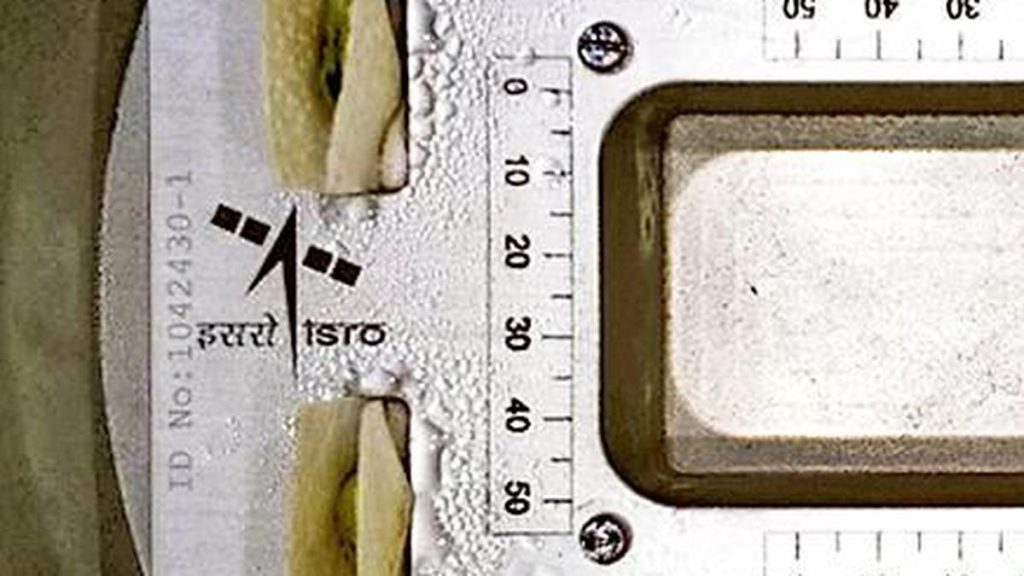Now Reading: Polyester Fabrics May Contain Chemicals Linked to Fertility Risks
-
01
Polyester Fabrics May Contain Chemicals Linked to Fertility Risks
Polyester Fabrics May Contain Chemicals Linked to Fertility Risks

Fast Summary
- Skin adn Toxins: Polyester fabric, made from polyethylene terephthalate, may absorb toxins through the skin.
- Past Research: A 1993 study on dogs highlighted decreased sperm count and abnormalities in those wearing polyester underpants. However, this research remains limited and dated.
- Chemical Concerns: Fabrics like polyester can contain harmful chemicals such as PFAS (linked to reduced fertility in women), bisphenol A (BPA; associated with PCOS), and phthalates (which correlate with pregnancy complications). These substances are challenging for the body to eliminate.
- Expert Insights: Audrey Gaskins from emory University notes that PFAS exposure primarily comes from sources like drinking water but suggests avoiding clothing containing these toxins as a precautionary measure.
- Potential Impact on fertility: High levels of PFAS, BPA, and phthalates have been linked to issues such as lower pregnancy success rates, endometriosis, PCOS, miscarriages, and poor IVF outcomes.
Indian Opinion Analysis
The findings regarding chemical exposure from polyester fabrics raise critically important concerns about environmental health impacts beyond conventional routes like water contamination or cookware use. India’s textile market is vast-both for domestic consumption and global exports-making it critical to examine potential health risks associated with widely used synthetic fabrics such as polyester.For consumers in India trying to mitigate fertility issues or adopt healthier lifestyles prioritizing natural alternatives like cotton could be a small yet meaningful step toward minimizing toxin exposure-a point that aligns well with India’s broader push for sustainability in fashion production practices.
Researchers suggest further inquiry into whether Indian-specific variables-such as climate or socioeconomic conditions driving high demand for inexpensive clothing-might amplify these risks locally compared to other countries worldwide. Neutral policymaking informed by scientifically vetted data should aim both at consumer education around chemical safety standards within textiles while supporting innovation toward safe alternatives within one of India’s largest industries.


























